IRF
IRF Uppsala
RPF programme
IRF-U Staff
Seminars
Courses
PhD studies
Examensarbete
Workshops
Cluster
...EFW
...Quicklook
Cassini
Rosetta
Solar Orbiter
Intranet
| INSTITUTET FÖR RYMDFYSIK | UPPSALA |
 |
|
| Swedish Institute of Space Physics | (59°50.272′N, 17°38.786′E) |
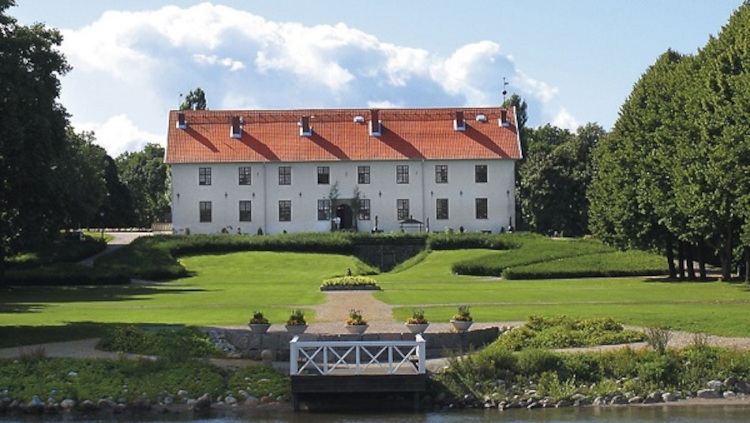


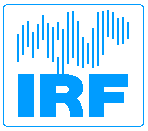
20th International EISCAT Symposium 2022
and
on
Layered Phenomena in the Mesopause Region
15th International Workshop
on
Layered Phenomena in the Mesopause Region
The Layered Phenomena
in the Mesopause Region (LPMR) Workshop is
traditionally held biannually to advance our understanding
of ice and dust layers and related phenomena in the
Earth's mesosphere and lower thermosphere. The
International EISCAT Symposium, formerly the EISCAT
workshop, has, over the years, become a major conference on
incoherent scatter radar as well as on atmospheric and
ionospheric science explored by this measurement method. The
20th symposium is jointly with the 15th LPMR Workshop.
A central aim of this combined meeting is to bring the EISCAT and LPMR communities together to explore joint scientific interests, observational techniques and model approaches. The meeting will comprise both joint sessions and separate EISCAT and LPMR sessions.
The meeting is taking place on August 15-19, 2022.
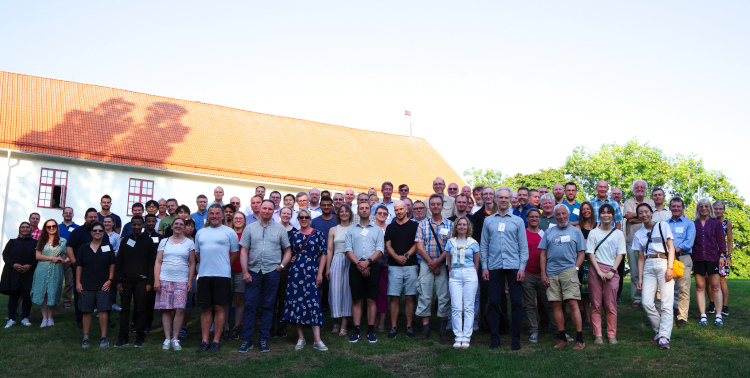
Venue
The venue is the Sundbyholm castle
near the town of Eskilstuna in central Sweden.
The castle including its park and modern conference
accommodation is located on headland into the lake of Mälaren.
Wikipedia pages on Sundbyholm are in Swedish and German.
The commercial conference facilities are advertised here. Nearby
is also a camping and
a marina.
Public transport between Eskilstuna and Stockholm or its airport Arlanda is available by train and bus, and it takes about 2 to 2.5 hours.
More on logistics, maps, time tables has been collected into this pdf file.
Public transport between Eskilstuna and Stockholm or its airport Arlanda is available by train and bus, and it takes about 2 to 2.5 hours.
More on logistics, maps, time tables has been collected into this pdf file.
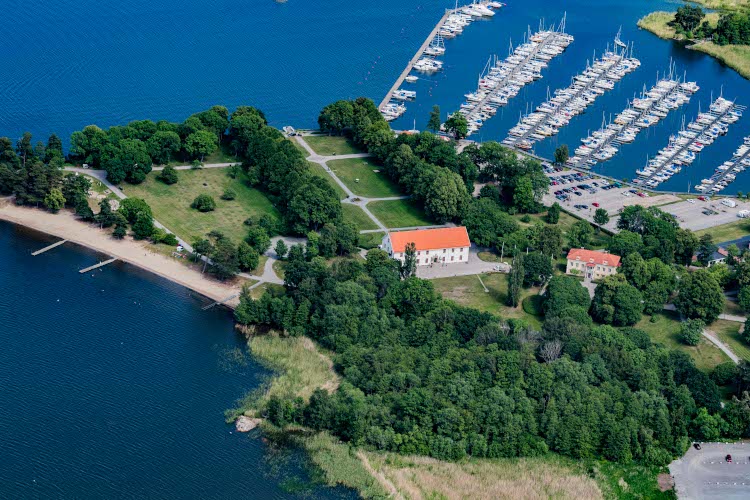
Scientific Programme and Abstract Submission
The scientific programme is here, please see also the "book of abstracts".Some of presentation slides and posters are public and available:
Introduction
Gumbel, Introduction
Overview Lectures
Randall (invited), Layered Phenomena in the Mesopause Region
Novel Facilities, Models and Analysis Methods
Varney et al. (invited), US Community Efforts for Future ISR ScienceHatch et al., Generation of a synthetic EISCAT_3D dataset
Virtanen et al., F1 region ion composition fits and auroral electron precipitation energy spectra fits with ion chemistry modeling
Reidy et al., Preliminary analysis of low altitude electron density measurements from EISCAT: a focus on data handling and occurrence
Häggström et al., PITHIA-NRF offer access to European upper atmosphere research facilities
Observation Systems Connecting EISCAT and LPMR
Narayanan et al., Overview of gravity waves in coexisting neutral and plasma fluids of the upper atmosphereVariability and Trends in the Mesosphere
DeLand (invited), 43 Years of SBUV PMC Data: Trends, Solar Effects, and MoreThomas et al., Noctilucent Cloud Enhancements from Volcanic Eruptions: A test of the Krakatoa Hypothesis from the Hunga TongaHunga Ha'apai Volcano
A. Kero, Sensitivity of middle-atmospheric chemistry to energetic particle precipitation
Observing Dynamics in Mesospheric Layers
Hartisch et al., Observations of kilometer-scale instabilities using PMSE as tracers: A case study of varicose mode events
Harvey et al., CIPS observations of gravity waves at the edge of the polar vortices
Ramachandran et al., Investigation of Kilometre-Scale Instabilities using Airglow Imagers and Numerical Simulations: A Case Study of a Dissipating Bore
DeLand, Improved PMC Detection from OMPS Limb Profiler Measurements
Mesospheric Composition and Energy Transfer Processes
Grygalashvyly et al., The revised method for retrieving daytime distributions of atomic oxygen and odd‑hydrogens in the mesopause region: The evaluation of the importance of the reaction H + O3 → O2 + OH in the ozone balanceKalogerakis et al., Studies of the OH Meinel and CO2 4.3-μm Emissions in Planetary Atmospheres
Meteoric Studies
Hervig et al. (invited), Long-term observations of meteoric influx from SOFIE, Wind, and UlyssesFeng et al., The self-consistent global atmosphere model of meteoric metals in Community Earth System Model (CESM2-metals)
Kastinen et al., EISCAT 3D Science Outlook for Small Bodies in Geospace: 2 – Meteoroids, NEOs and Space debris
PMSE and PMWE
Kozlovsky,
Signatures of Pulsating Aurora in the Polar Mesosphere Summer
Echoes
Auroral Electrodynamics and Joule Heating
Wang et al.,
Ionospheric conductances due to electron and ion
precipitations: A comparison between EISCAT and DMSP estimates
Dayton-Oxland
et al., Looking for signs of EMIC acceleration in proton
aurora
Buchert, Joule
Heating and the Atmospheric Dynamo
End of public presentation slides and posters
Abstract submission is now closed.
The science committee:
Scott Bailey, Gerd Baumgarten, Patrick Espy, Jörg Gumbel, Jonas Hedin, Linda Megner (LPMR)
Anita Aikio, Lisa Baddely, Johan Kero, Mykola Ivchenko, Stephan Buchert (EISCAT)
Accommodation
and Registration
Most
participants will lodge at the Sundbyholm conference facility,
and the fee covers accommodation (from Sunday afternoon until
Friday morning), meals and the conference. We have offered
a limited reduced fee for students, with lodging in shared bed
rooms. The different options are summarized here.Registration has been closed, and booked hotel rooms are final. Registration and booking of accommodation might still be possible upon contacting us, but we cannot guarantee availability.
Please send any comments and suggestions that you might have to Stephan Buchert, IRF, or Jörg Gumbel, Department of Meteorology, Stockholm University.
Radar
School
The radar school in
Uppsala orginally planned for 8-12 August has to be
postboned to a yet undeterminded later time Further
information to come. The preliminary fee is 0 kr, excl.
travel and accommodation. Please send any inquiries
to Thomas Ulich, SGO or Stephan
Buchert, IRFThis announcement was last updated on September 23, 2022.